San Diego homeowners and property managers rely on certified specialists when structural deterioration poses a threat to both safety and investment returns. Our professional intervention ensures comprehensive repairs that maintain property standards and protect occupants.
Professional Handyman Repairs
Home Improvement Services
Handyman Maintenance Services
With years of experience serving San Diego homeowners, Kaminskiy Care and Repair delivers expert termite dry rot repair backed by craftsmanship you can count on. From precision repairs to full restorations, we understand how to prevent damage and protect your property in the long term.
Choosing the right team for termite dry rot repair in San Diego means finding professionals who know what to look for — and how to fix it for good. Homeowners trust us because we combine skilled workmanship with reliable service tailored to your specific needs.
We bring lasting solutions, not quick fixes — so you can feel confident your home is protected, restored, and ready to stand the test of time.
Dry rot and termite damage often begin small but can quickly escalate into serious structural issues if left unaddressed. Understanding these common repair challenges — and how to fix them — can save your home and your wallet.
Dry rot and termite damage require more than just surface fixes — they demand precise, lasting solutions tailored to the type and extent of deterioration. Here’s how our team tackles each problem with care and expertise.
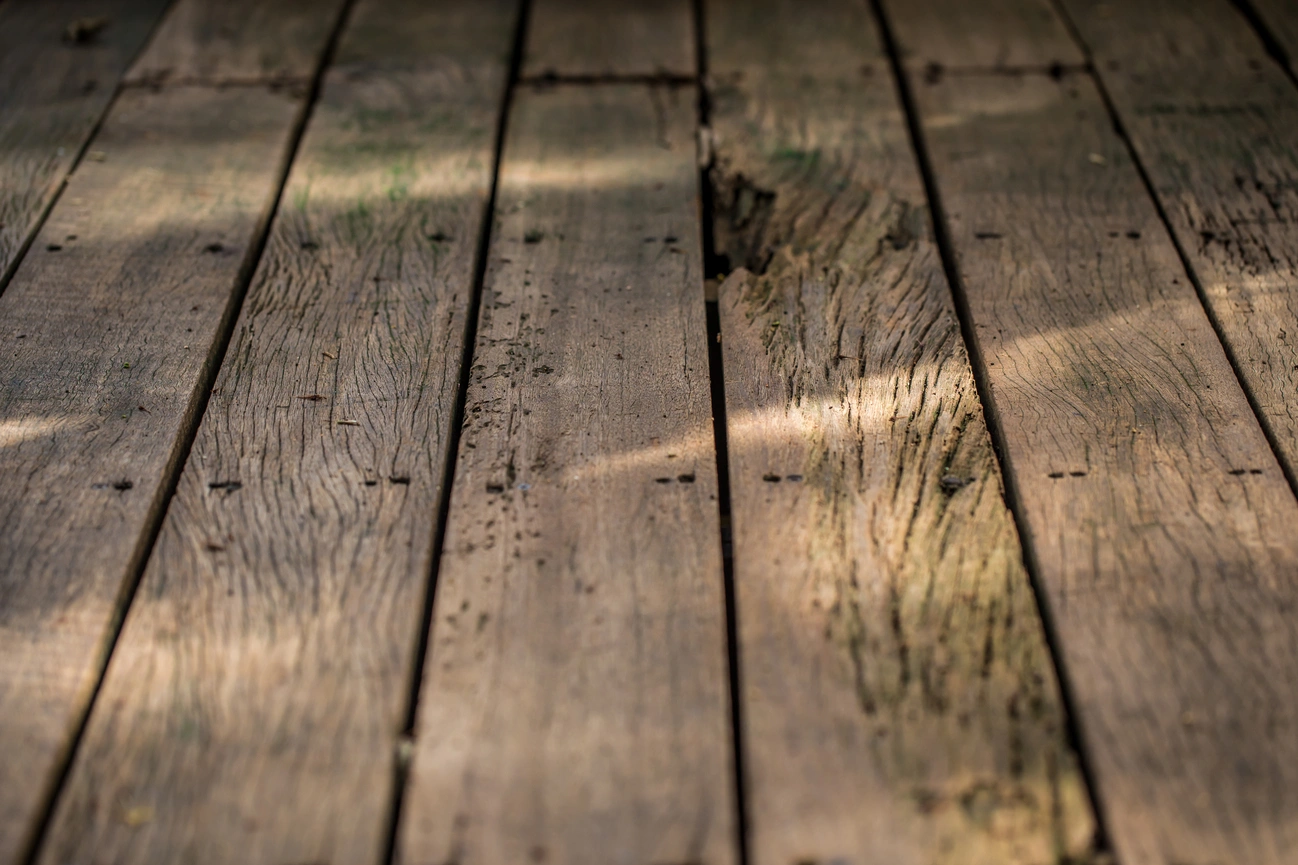
We begin with a thorough inspection to locate termite activity and assess hidden damage. Ignoring it can lead to widespread structural issues and expensive repairs. Our team knows where to look and how to act fast before it spreads.
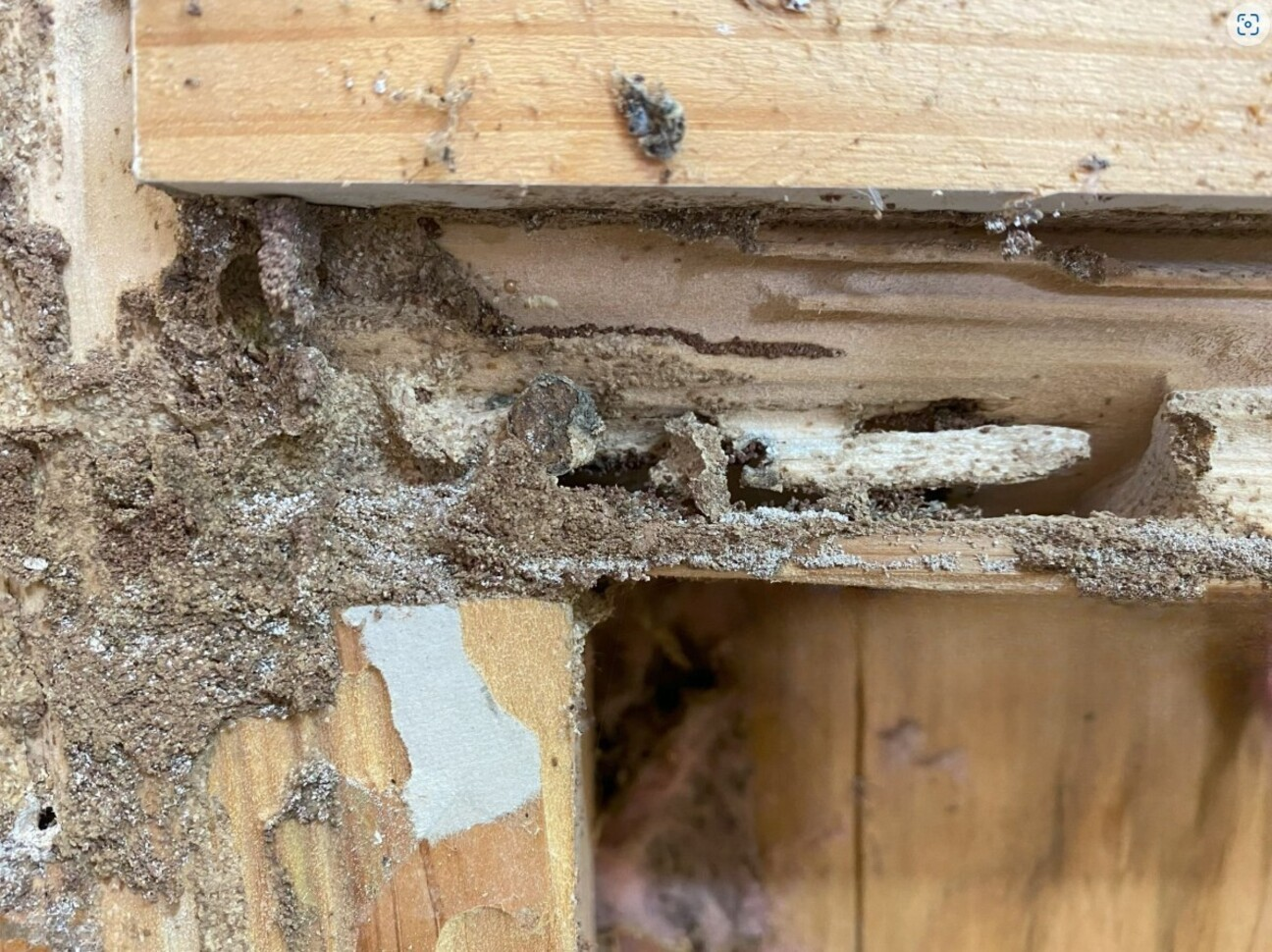
Once detected, we apply targeted treatments to eliminate termites and prevent future infestations. Delaying treatment allows colonies to grow and eat away at your wood unnoticed. Our methods are safe, effective, and proven to protect your home.
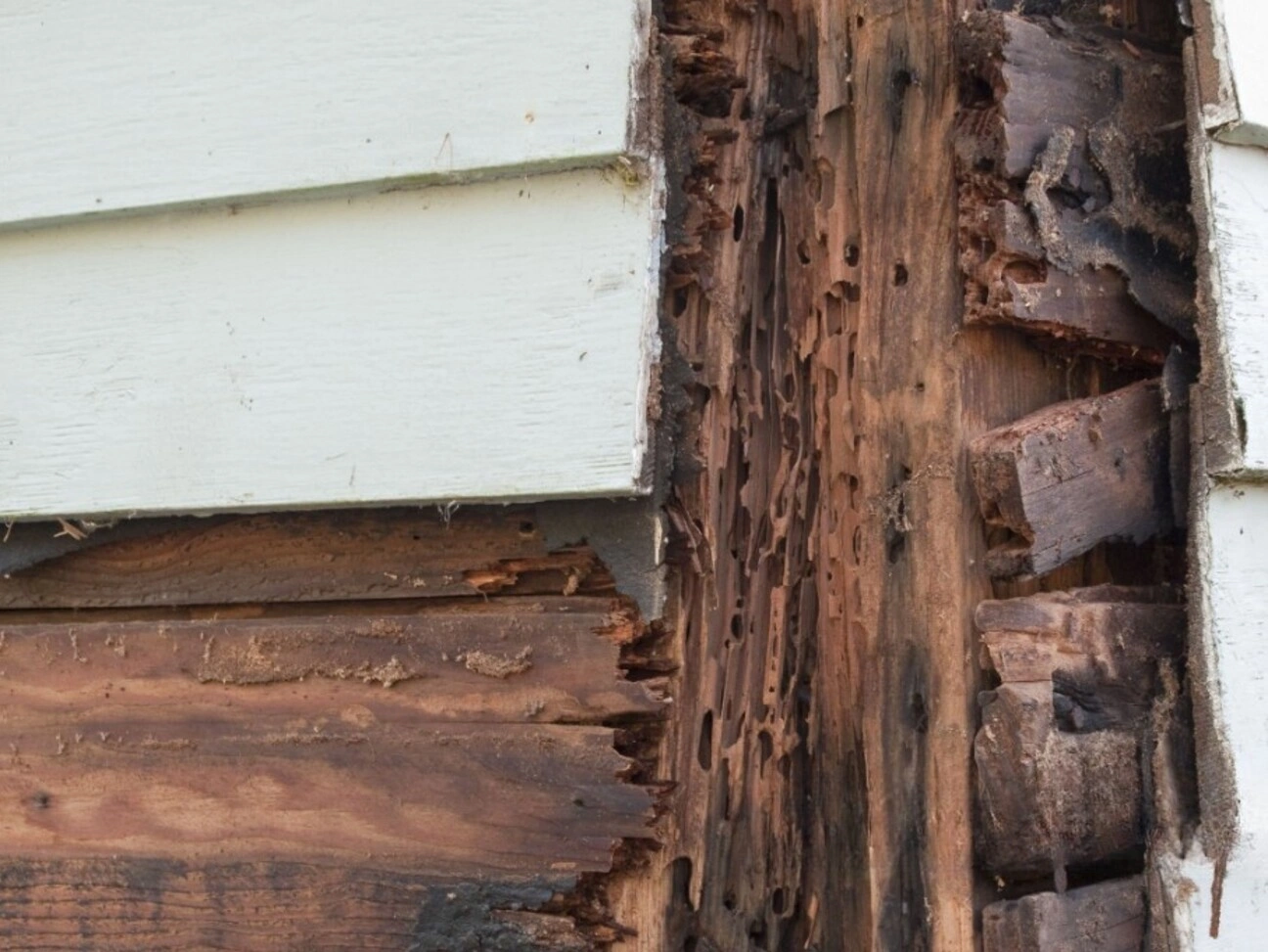
Rotten or warped siding creates entry points for moisture and pests. We remove all damaged panels and install new, sealed siding for a clean, durable finish. This helps prevent future decay and keeps your exterior looking its best.
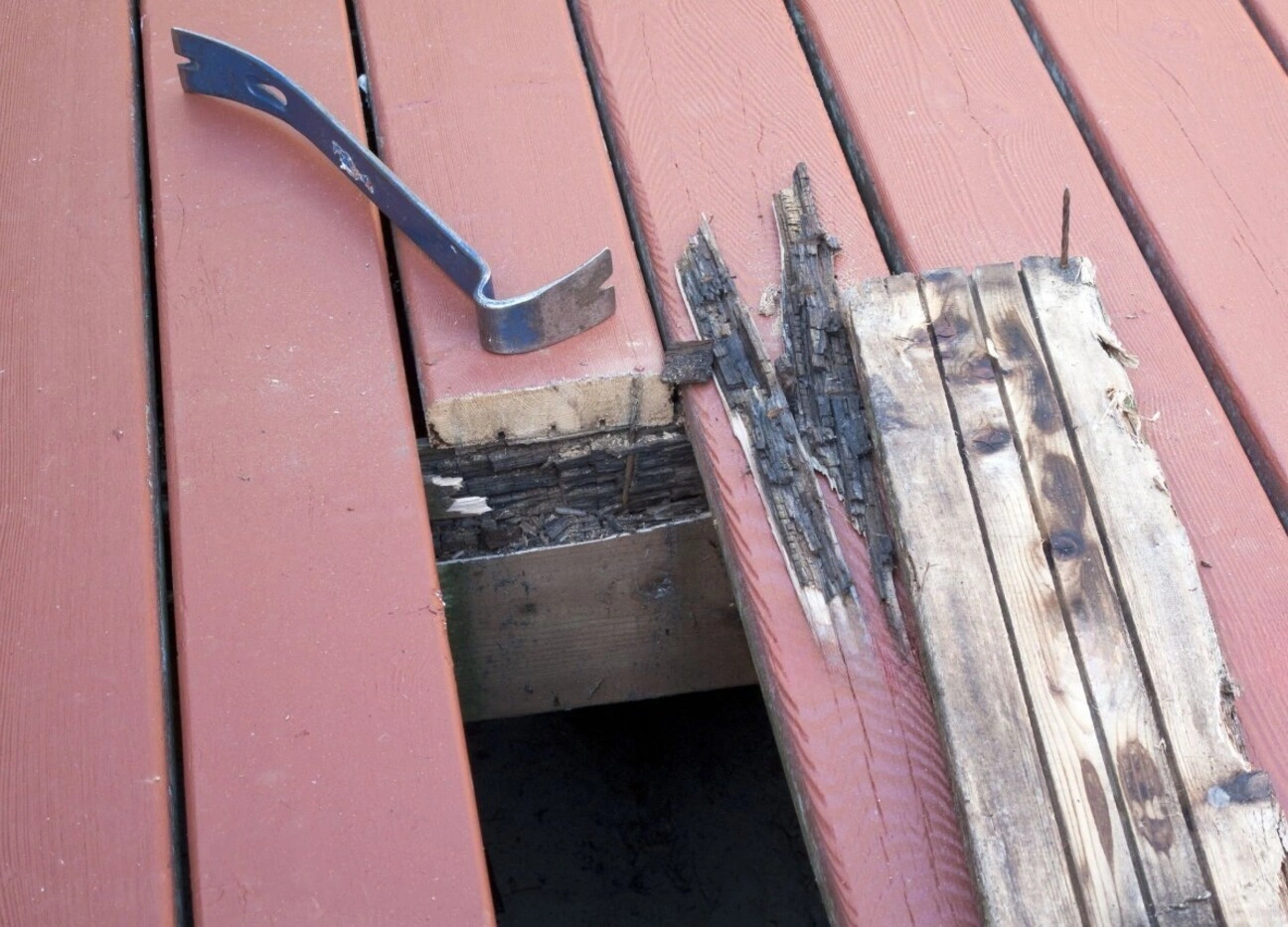
Decks and porches are exposed to the elements and prone to rot or termite damage over time. We replace compromised boards and reinforce framing for lasting safety, ensuring your outdoor space is secure once again. Enjoy peace of mind knowing your property is protected.
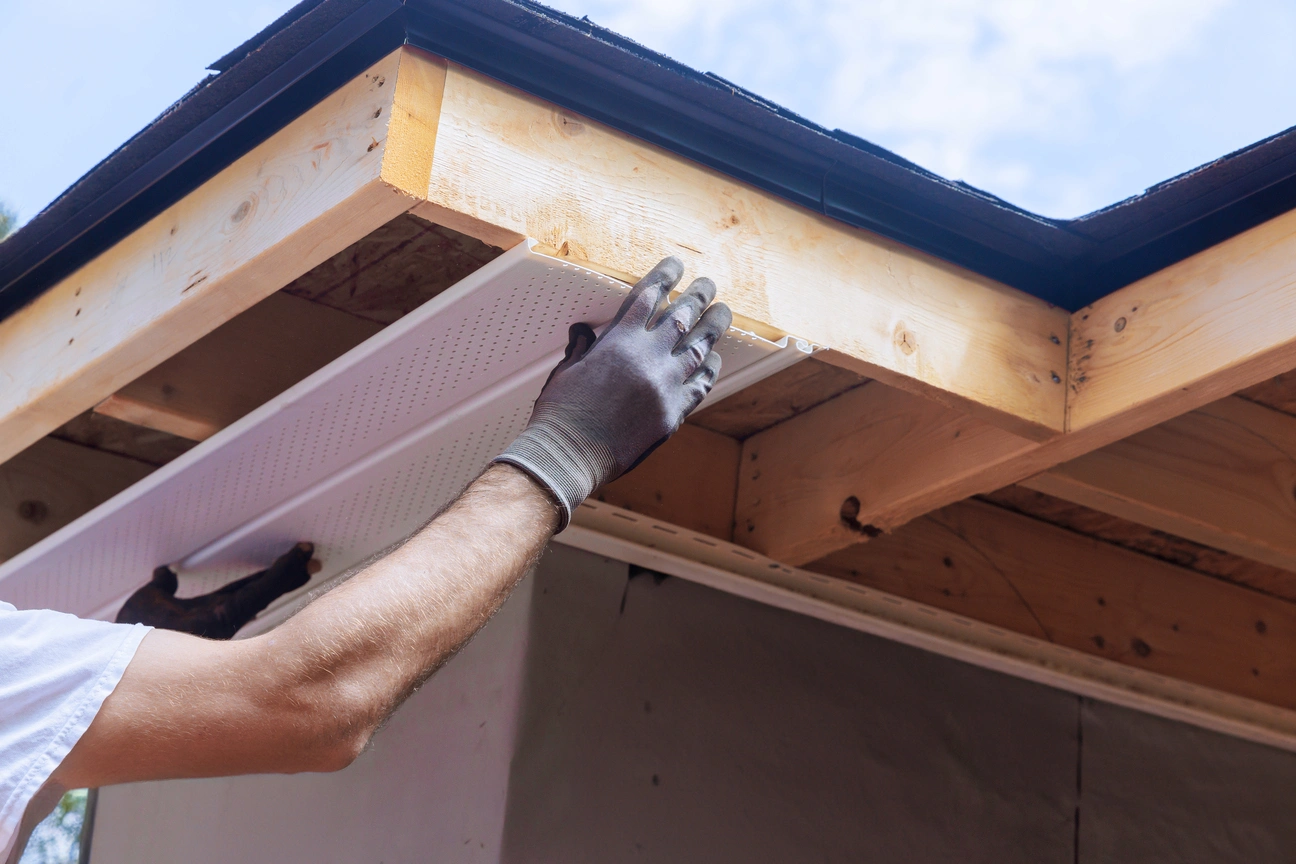
Cracked fascia or sagging soffits often signal deeper water or insect damage. We repair or replace the affected areas to restore both function and curb appeal. Properly sealed soffits help protect your roofline from future trouble.
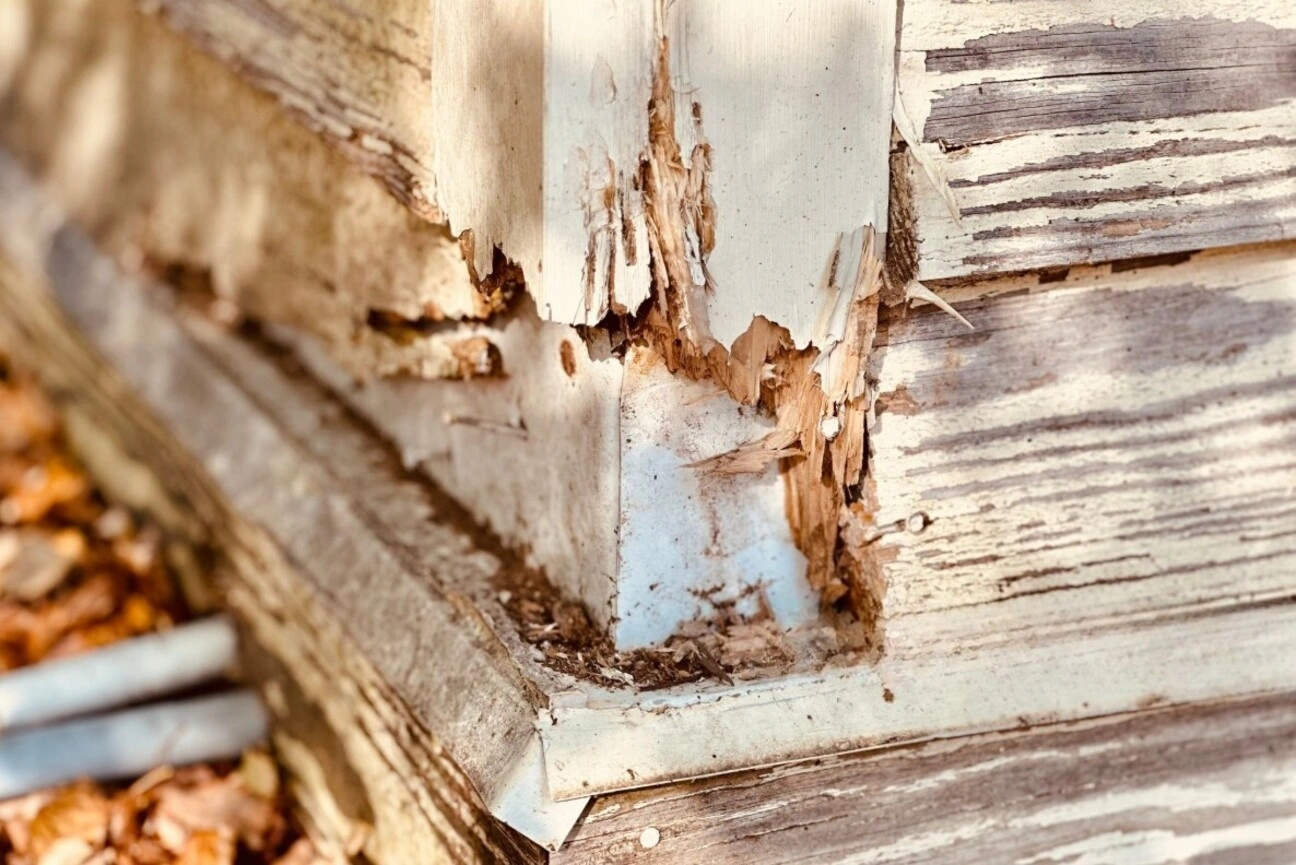
Wood rot or termite activity near the foundation can weaken the entire structure. Our repairs focus on stabilizing damaged sections and preventing moisture intrusion. This protects your home’s core and helps avoid major reconstruction later.
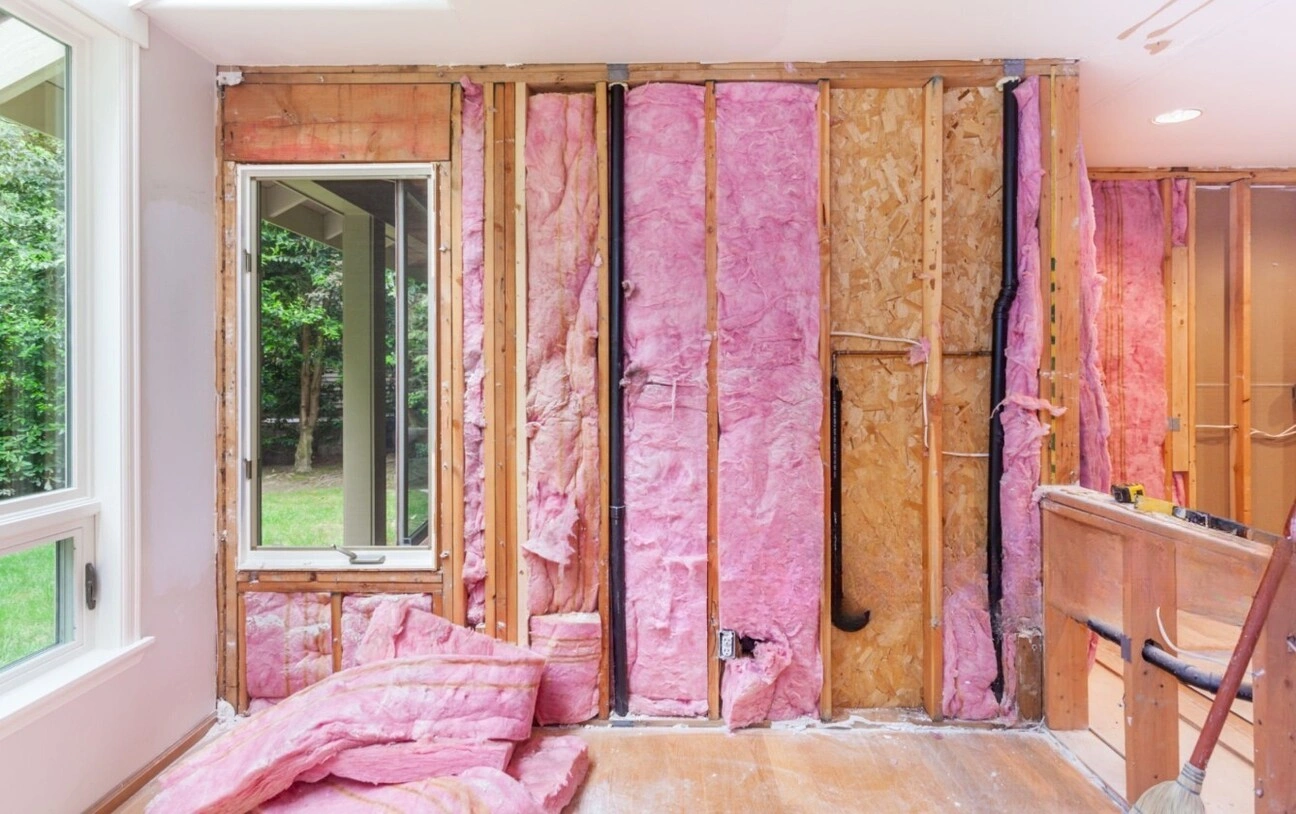
Wall framing is critical to your home’s strength, and termites can compromise it from the inside. We cut out damaged studs and installed treated replacements. This restores structural integrity, keeping your walls strong and safe.
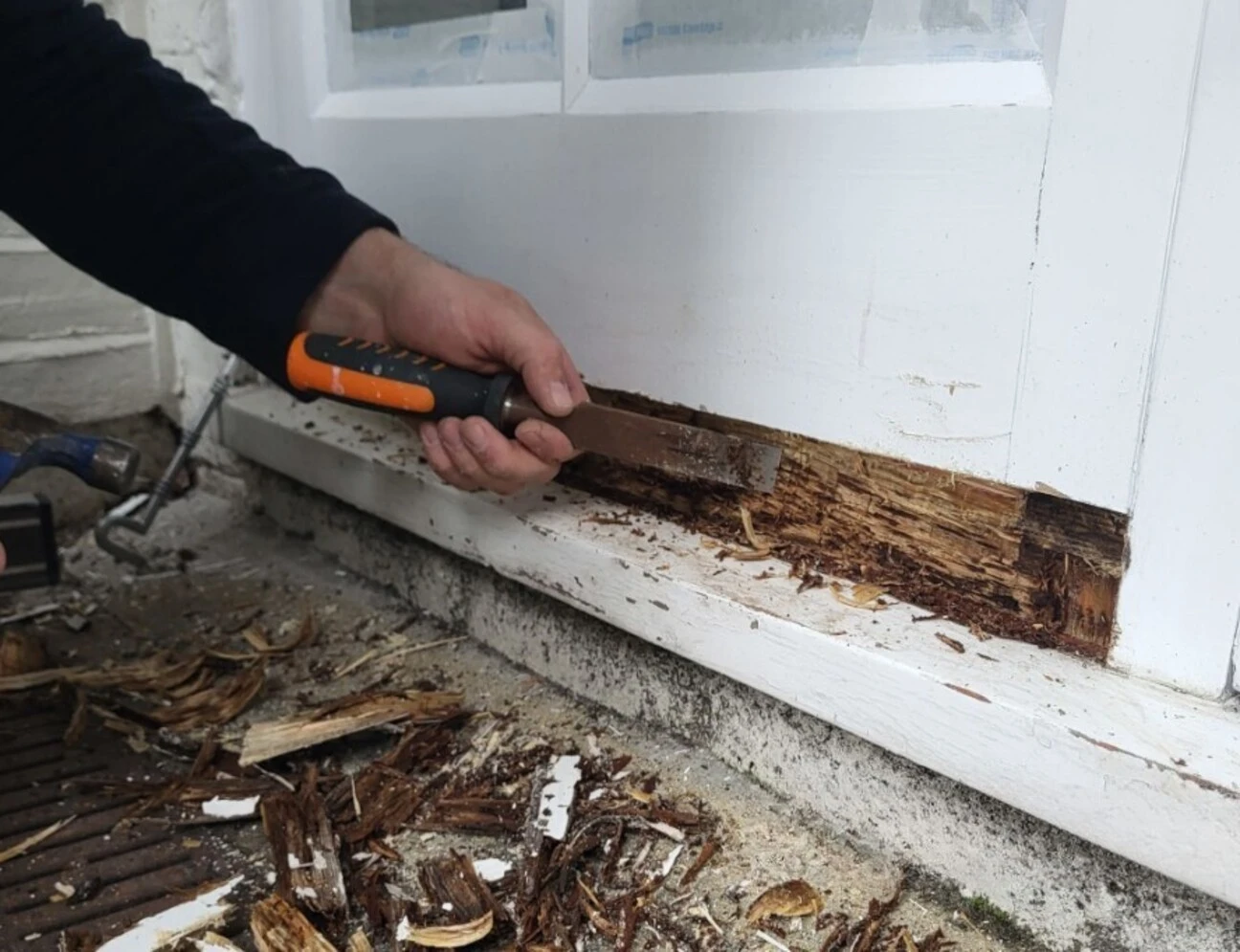
Rotten wood spreads fast and weakens whatever it’s attached to. We fully remove decayed sections and rebuild them with new, treated lumber. You’re left with a stronger, more reliable home, both inside and out.
We follow a clear, hands-on approach that puts quality, safety, and lasting results at the center of every repair. Here’s what you can expect when you work with us from start to finish:
Tired of seeing cracked wood, sagging boards, or wondering if unseen termite damage is spreading behind your walls? With years of hands-on experience and a deep understanding of how wood deteriorates in dry, sun-exposed climates, Kaminskiy Care and Repair delivers repairs that last.
Call now or fill out our quick form — we’ll handle the damage before it gets worse.
Request Your Free Estimate Now →
Kaminskiy Care and Repair specializes in repairing damage caused by dry rot and termite infestations, including structural wood decay, damaged fascia boards, trim, molding, and other wooden components in your home.
Yes — even in dry weather, shaded or poorly ventilated areas trap moisture, making them prone to dry rot. It often goes unnoticed until significant damage becomes apparent.
Because of the city’s mild temperatures, termites remain active in wood structures throughout the year. Regular inspections help catch infestations early.
Prolonged UV exposure can crack and weaken unprotected wood, allowing dry rot and termites to get in. It’s one of the top causes of early deterioration.
Late summer is ideal, as heat and brief humidity peaks can trigger visible signs of damage. But, inspections are useful year-round due to the stable climate.
You can call us directly or book online. We offer virtual estimates and flexible scheduling, with same-day or next-day availability for most of the local neighborhoods we serve.